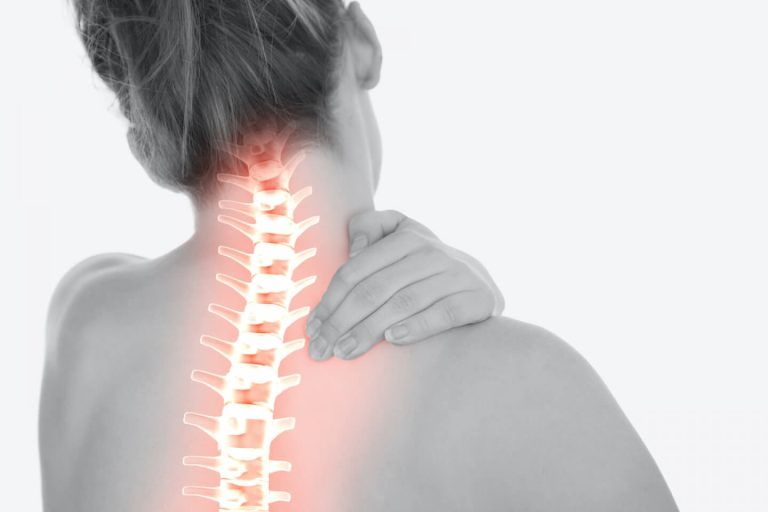Female Orgasmic Disorder Treatment

Female Orgasmic Disorder (FOD) is a sexual dysfunction that affects women and is characterized by difficulty achieving orgasm or taking a longer time to achieve orgasm. This disorder can have a significant impact on a woman’s sexual health and well-being, and can affect both physical and psychological aspects of sexual function.
Causes of Female Orgasmic Disorder

The causes of Female Orgasmic Disorder can be complex and multifactorial. Some possible causes of FOD include:
- Physical conditions such as diabetes, cardiovascular disease, or hormonal imbalances
- Psychological issues such as depression, anxiety, or past sexual trauma
- Medication side effects
- Relationship problems or lack of intimacy
- Societal or cultural factors that contribute to negative attitudes towards female sexuality
Symptoms of Female Orgasmic Disorder

Symptoms of Female Orgasmic Disorder can vary from person to person, but some common symptoms include:
- Difficulty achieving orgasm
- Taking a longer time to achieve orgasm
- A lack of physical response during orgasm
- Avoidance of sexual activities
- Anxiety or depression
- Difficulty becoming sexually aroused
Diagnosis of Female Orgasmic Disorder

FOD can be difficult to diagnose, as there is no specific test for it. A healthcare professional may perform a physical examination and take a detailed medical history to rule out any physical causes of the disorder. They may also refer a patient to a specialist such as a gynecologist or a counselor.
Treatment of Female Orgasmic Disorder

The treatment of FOD can vary depending on the underlying cause of the disorder. Some possible treatment options include:
- Behavioral therapy: Behavioral therapy can help to address any psychological issues that may be contributing to FOD. It can help individuals identify and change negative thought patterns, and improve communication and intimacy in the relationship.
- Medication: Medications such as antidepressants or anti-anxiety medications can help to alleviate the psychological symptoms of FOD.
- Hormonal therapy: Hormonal therapy can help to regulate hormones and alleviate the symptoms of FOD.
- Pelvic physical therapy: Pelvic physical therapy can help to reduce muscle spasms and tightness in the pelvic area, which can improve sexual function.
- Sex therapy: Sex therapy can help individuals with FOD to understand and overcome any physical, psychological or relational factors that may be interfering with their sexual response.
Conclusion
FOD is a sexual disorder that affects women and is characterized by difficulty achieving orgasm or taking a longer time to achieve orgasm. The causes of FOD can be complex and multifactorial, including physical conditions, psychological issues, hormonal imbalances, medication side effects, and relationship problems.
The symptoms of Female Orgasmic Disorder can vary from person to person. FOD can be difficult to diagnose, and there is no specific test for it. The treatment of FOD can vary depending on the underlying cause of the disorder, and may include behavioral therapy, medication, hormonal therapy, pelvic physical therapy, and sex therapy. It is important to consult with a healthcare professional if you are experiencing symptoms of FOD, as they can provide an accurate diagnosis and appropriate treatment options.
It is important to note that Female Orgasmic Disorder is not uncommon, it is estimated that about 10-15% of women experience difficulty achieving orgasm or taking a longer time to achieve orgasm. This disorder can have a significant impact on a woman’s sexual health and well-being, and can affect both physical and psychological aspects of sexual function. This can lead to feelings of isolation, low self-esteem, and depression, which can further worsen the symptoms of FOD.

Female Orgasmic Disorder can also affect a woman’s relationships, both intimate and non-intimate. It can lead to communication problems, intimacy issues and even relationship breakdowns. It is important for partners to understand the condition and provide emotional support for the affected person. This can be done through open communication, trying new sexual techniques, and exploring new forms of intimacy.
Another important aspect to consider is the cultural and societal factors that can contribute to FOD. Societal and cultural influences can contribute to feelings of shame and guilt, leading to a lack of communication and reluctance to seek help. However, it is important to remember that FOD is a medical condition and not a personal failure. Seeking professional help can help to address the underlying causes of FOD and improve sexual function and overall well-being.







